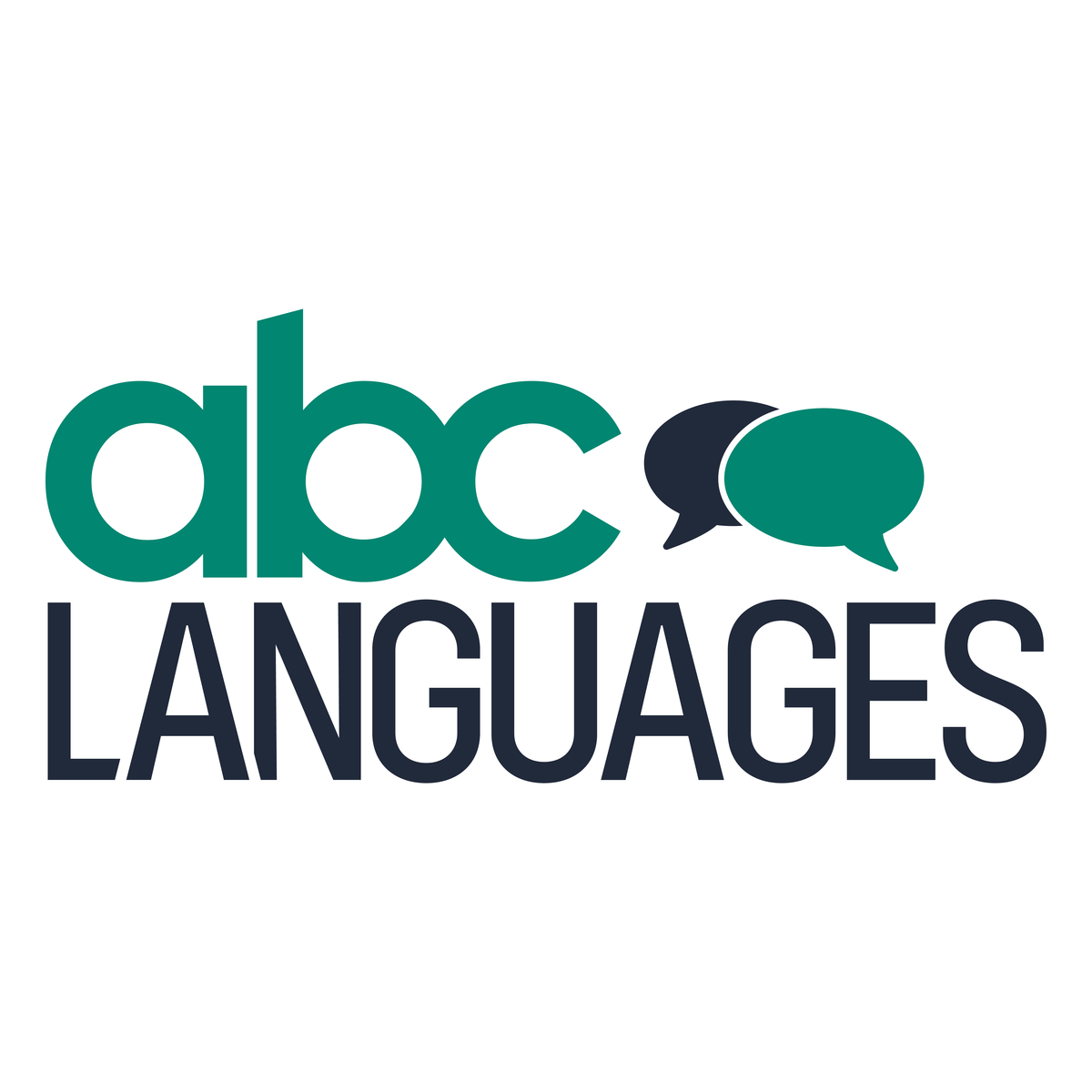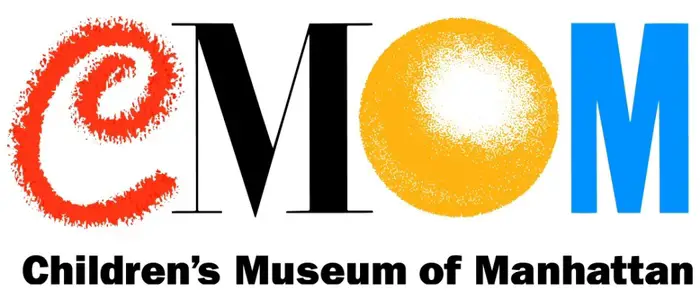
Saving for Retirement: 401K vs IRA vs Nothing
Get can’t-miss family activities sent to you!
Get the Best Kid-Friendly Activities
Sent to You Weekly!
For a Roth IRA, if you make between $120,000-$135,000 and you’re single or $189,000-$199,000 as a couple filing jointly, your IRA contribution limits begin to change. Someone who is married with a non-working spouse may make contributions into either kind of IRA for a non-working spouse.
Choosing a Retirement Fund
When determining which plan is best for you, it’s easier than you may think. If your company will match any amount of your 401K contribution, D’Ordine suggests to do that. A matching contribution should be your number one priority when determining how to invest for your future because it is a 100-percent return on investment. Many people believe 401Ks are not the most beneficial savings options due to fees and investment selections, however having access to one is actually a huge benefit of working for a company, D’Ordine says.
“I would propose that even a ‘lousy’ 401K plan is worth it,” D’Ordine says. “Put in enough to get your match, and if you don’t love the idea of solely investing in a 401K, invest in other stuff as well.”
While most large companies offer 401K plans, some ‘mom and pop shop’ businesses may not, according to D’Ordine. However, this doesn’t mean your boss doesn’t have a retirement plan in place. Some smaller business owners may put away money in their own plan while also putting away money for her employees in lieu of a greater salary.
Things get a little more jumbled when your company doesn’t match or doesn’t begin to match until after a few years of being at the company, or if your company doesn’t offer a 401K at all. At that point, you should look into an IRA.
When opening an IRA, whether traditional or Roth, D’Ordine suggests working with an investment professional who can give you advice, as well as a CPA who can double check all of the numbers for you. It is important to know the difference between an investment shop, which can help you set up your plan, and someone who is in the business of giving tax advice because there is a huge tax component to investing for retirement, according to D’Ordine.
An IRA is a great option for anyone, whether your company offers a 401K plan or not, so why not have both if you can afford it? Remember: You can choose to invest your money in multiple buckets.
Is it okay to have neither?
“It’s always a better decision to save than not,” Guardavaccaro says. “It’s also very important to have financial balance and save in various investment vehicles if you can. By doing this it gives individuals the power to choose between several options. Retirement is an important goal and individuals should continuously save for it.”
This is, of course, subject to the individual, the time she is at in her life, and where she currently stands in the economic ecosystem, according to D’Ordine. If you are saving toward a shorter-term goal for which the timeframe is pressing, for example a down payment on a house, it may be best for your family to skip out on the 401K contributions for that period of time.
“If you pocket an extra $12,000 a year that normally would be going into your 401K, this can help you get over the hurdle of putting a down payment on a house,” D’Ordine says. “Bite the bullet for those couple of years, pay the taxes, and throw all of your money into that goal, whether it’s a house, a car, a wedding, etc.”
A lot of companies, especially big ones, will allow you to pause your 401K or easily adjust your contribution limits, according to D’Ordine. Your IRA is up to your discretion as far as changing contributions and pausing. The most important thing is to remember to make choices about where your money is going that make sense for you.






